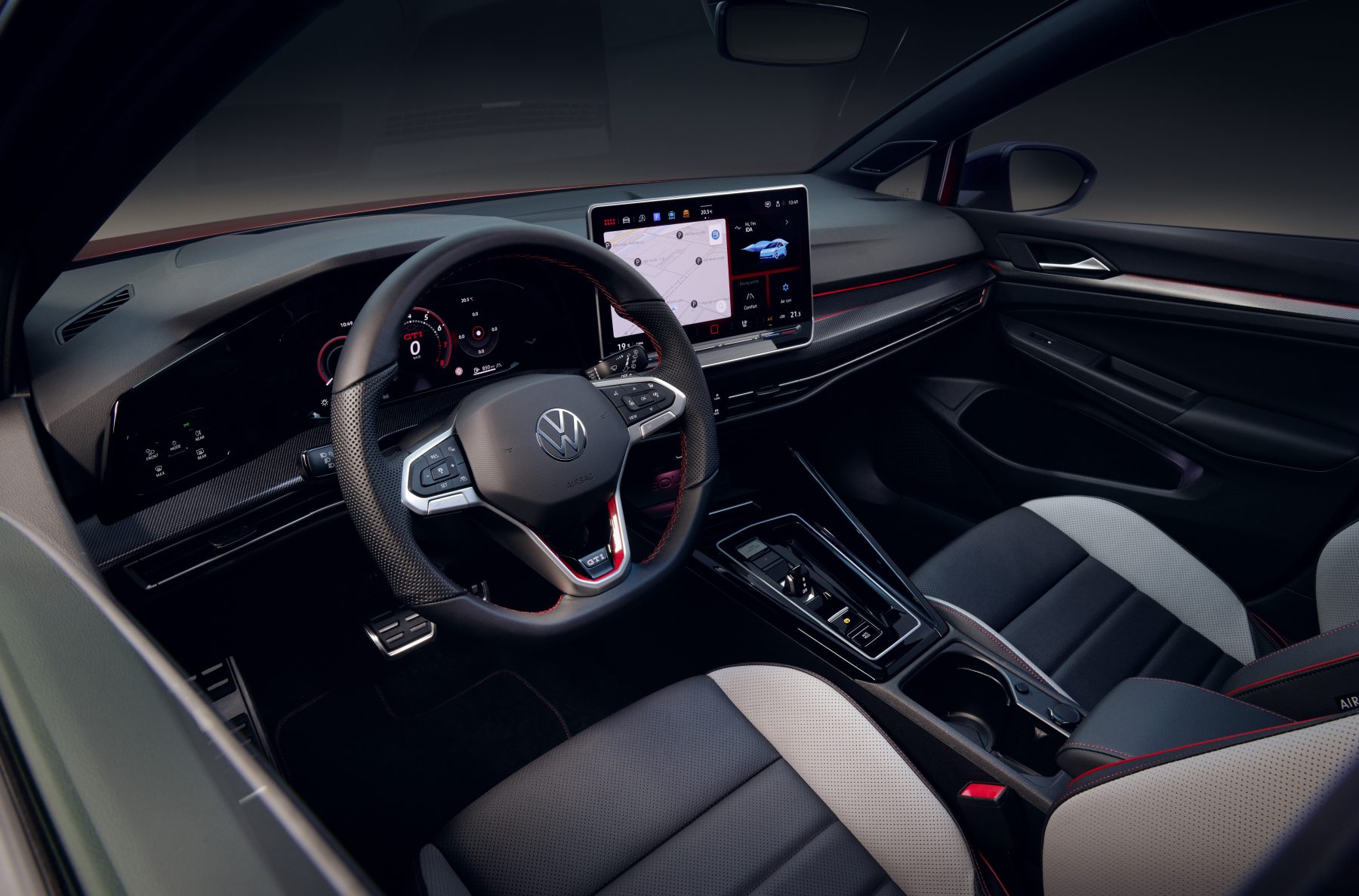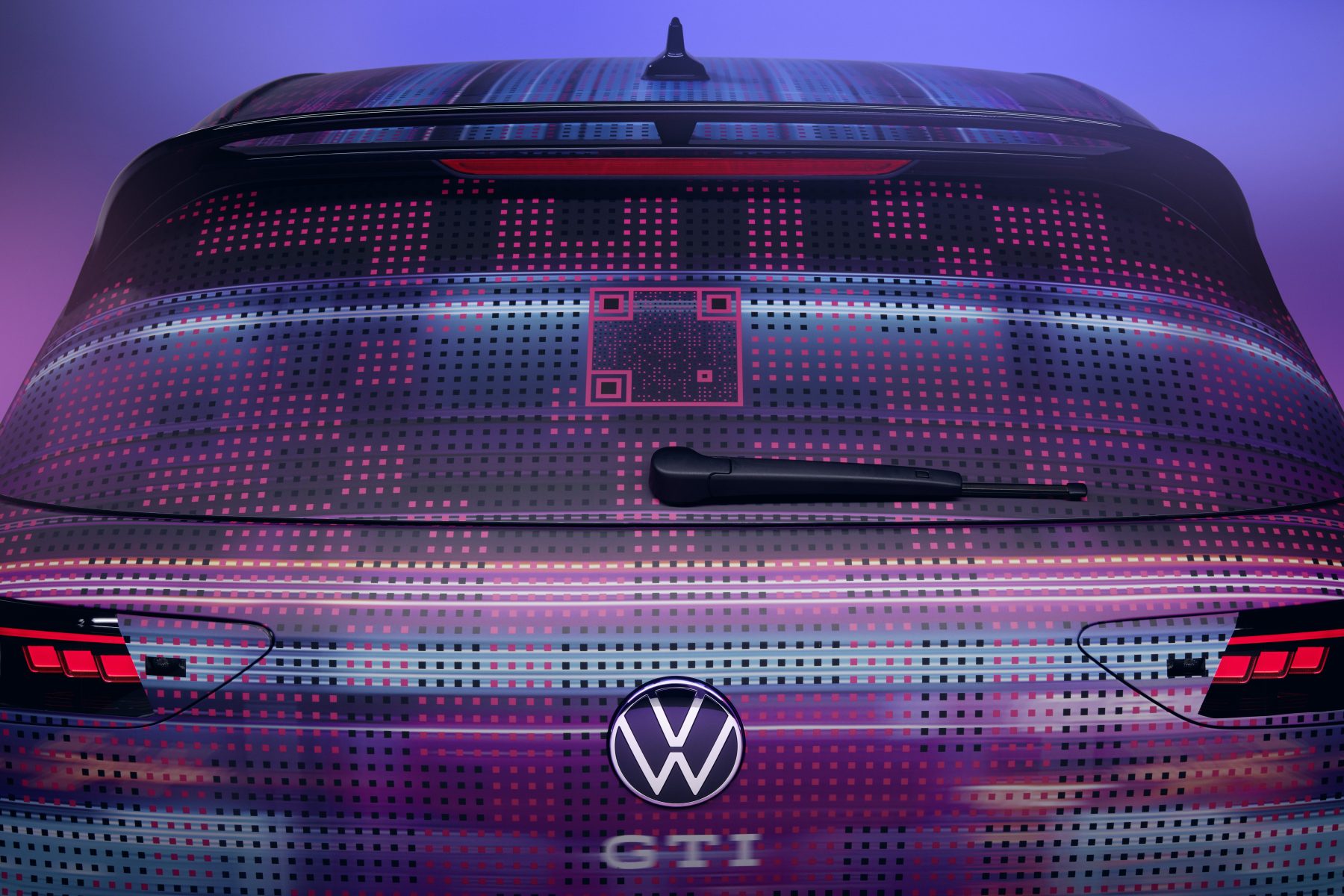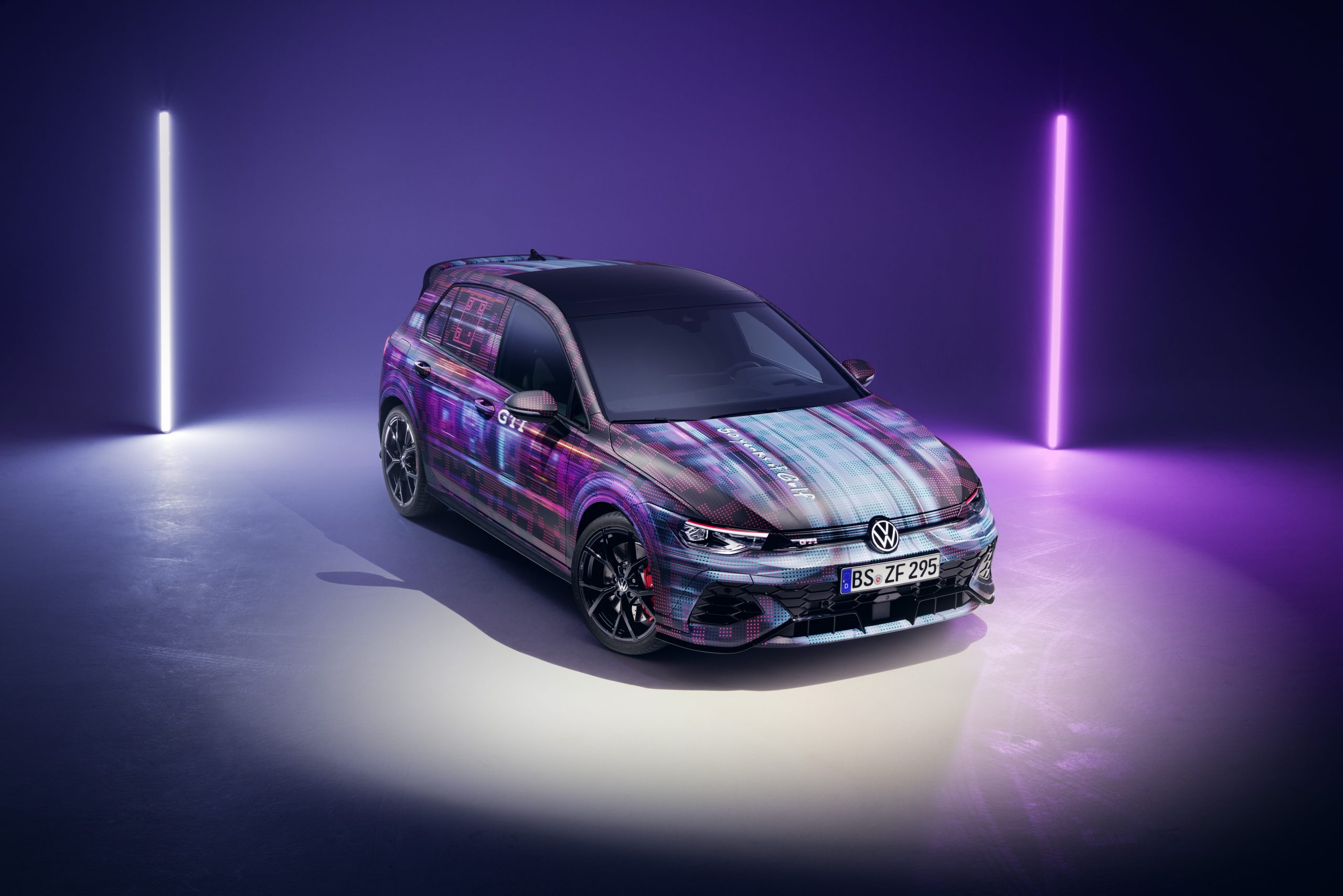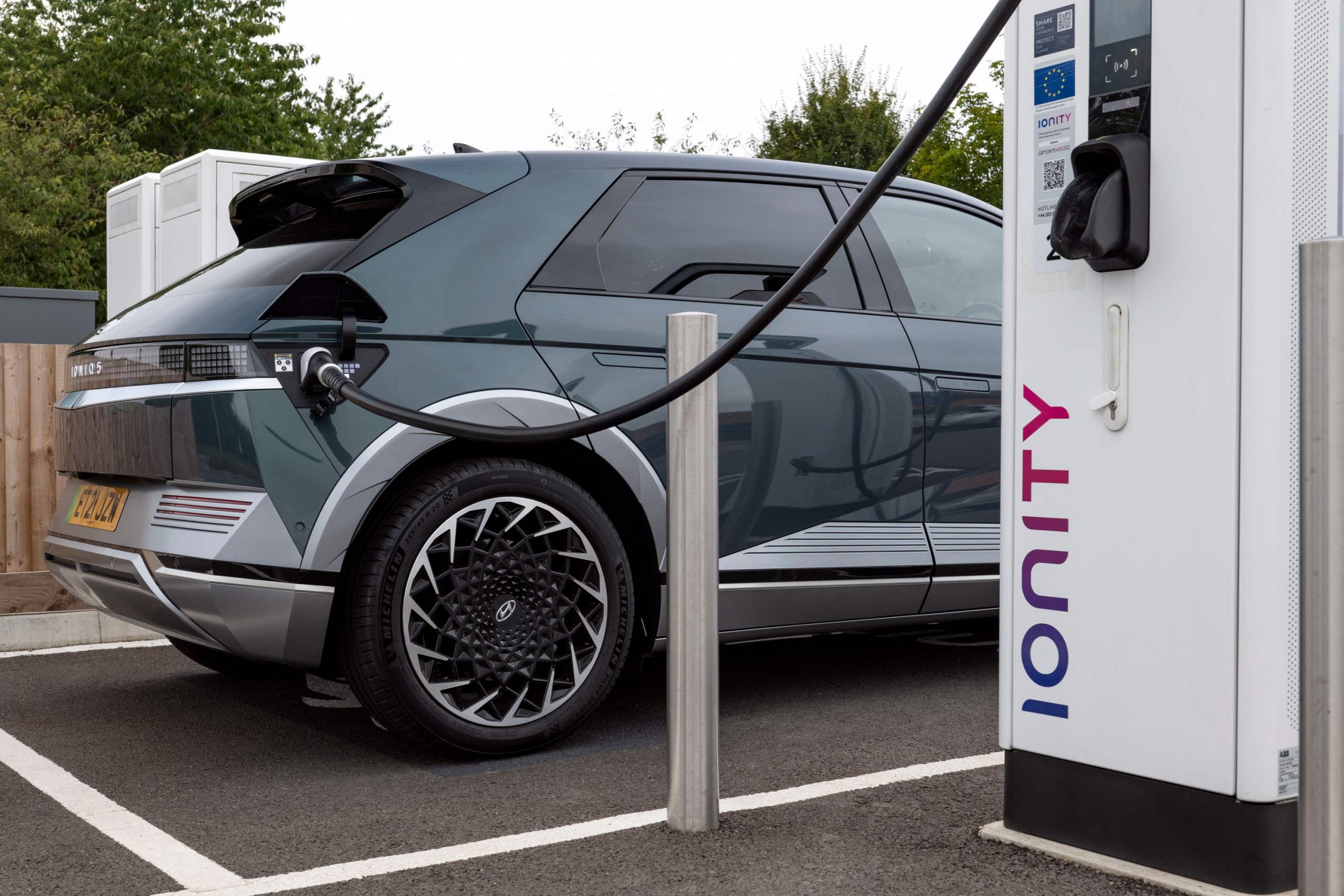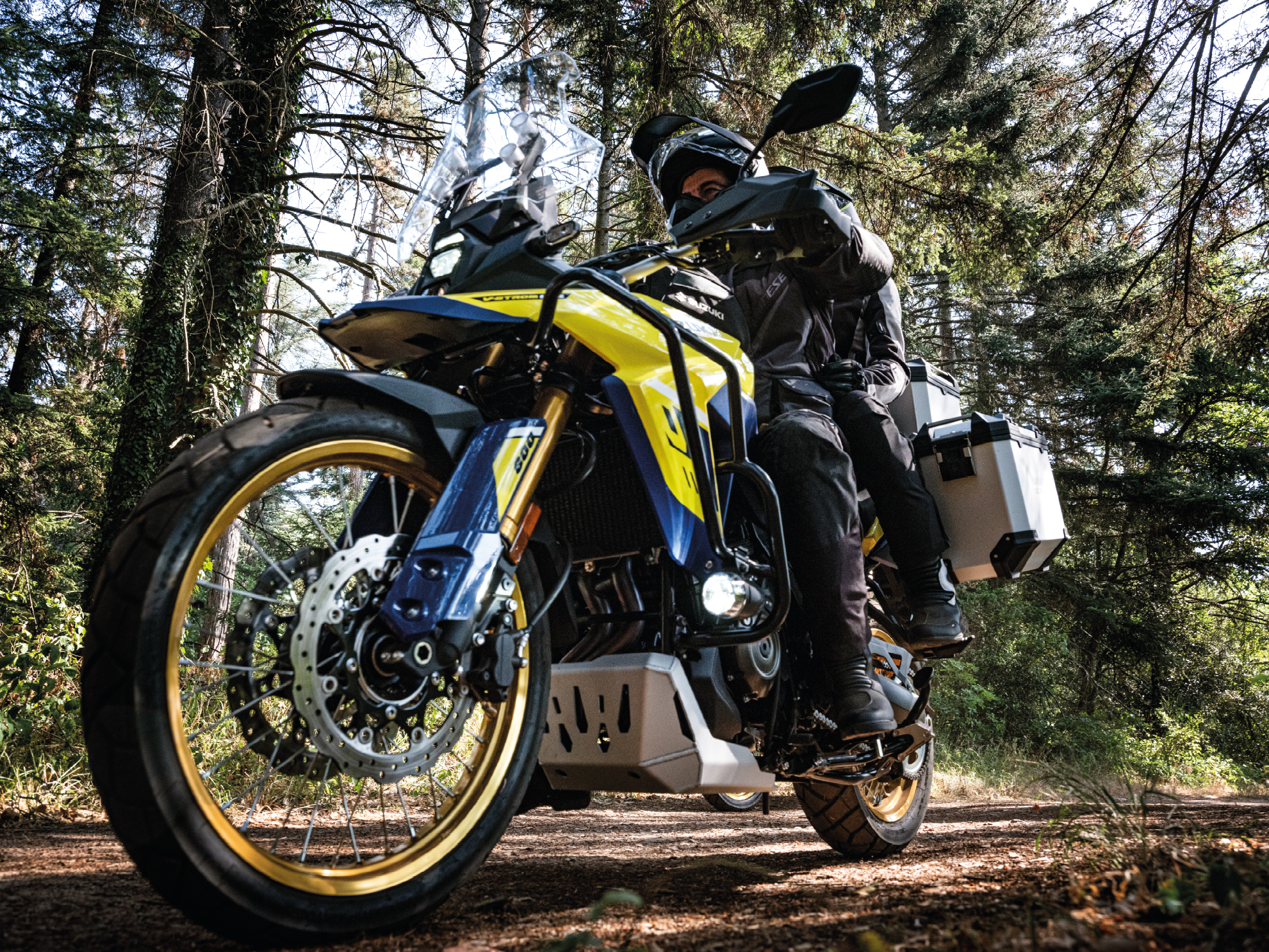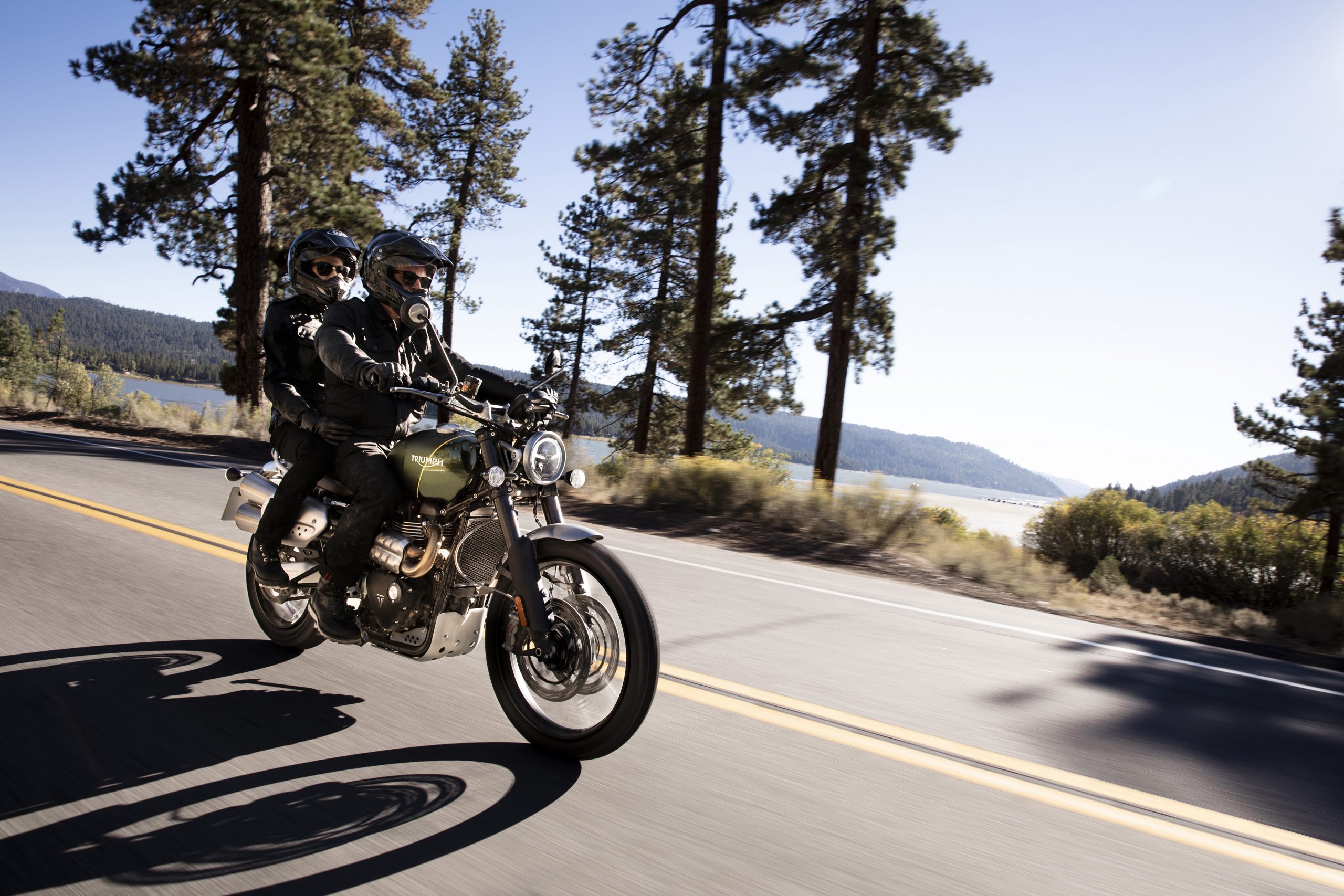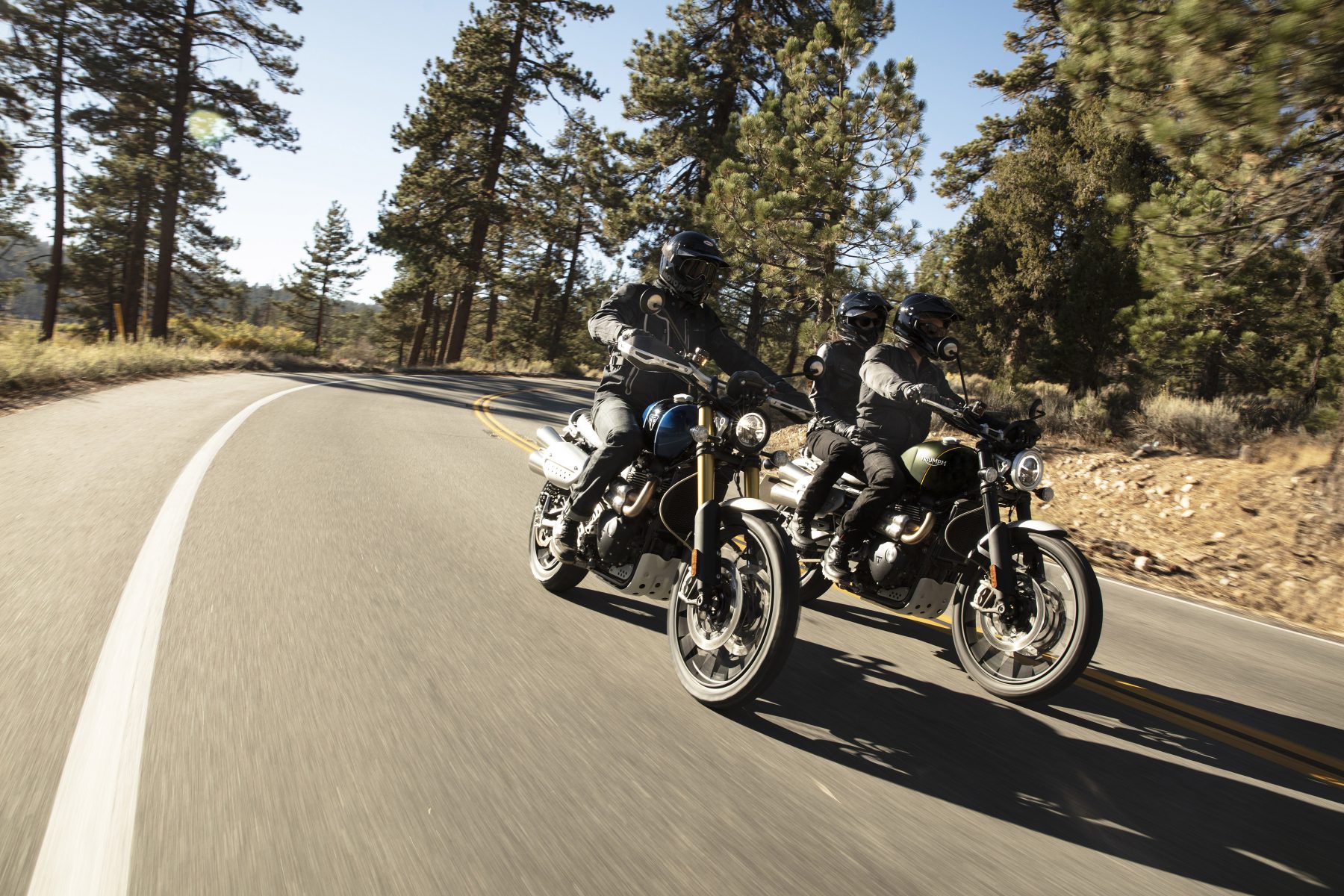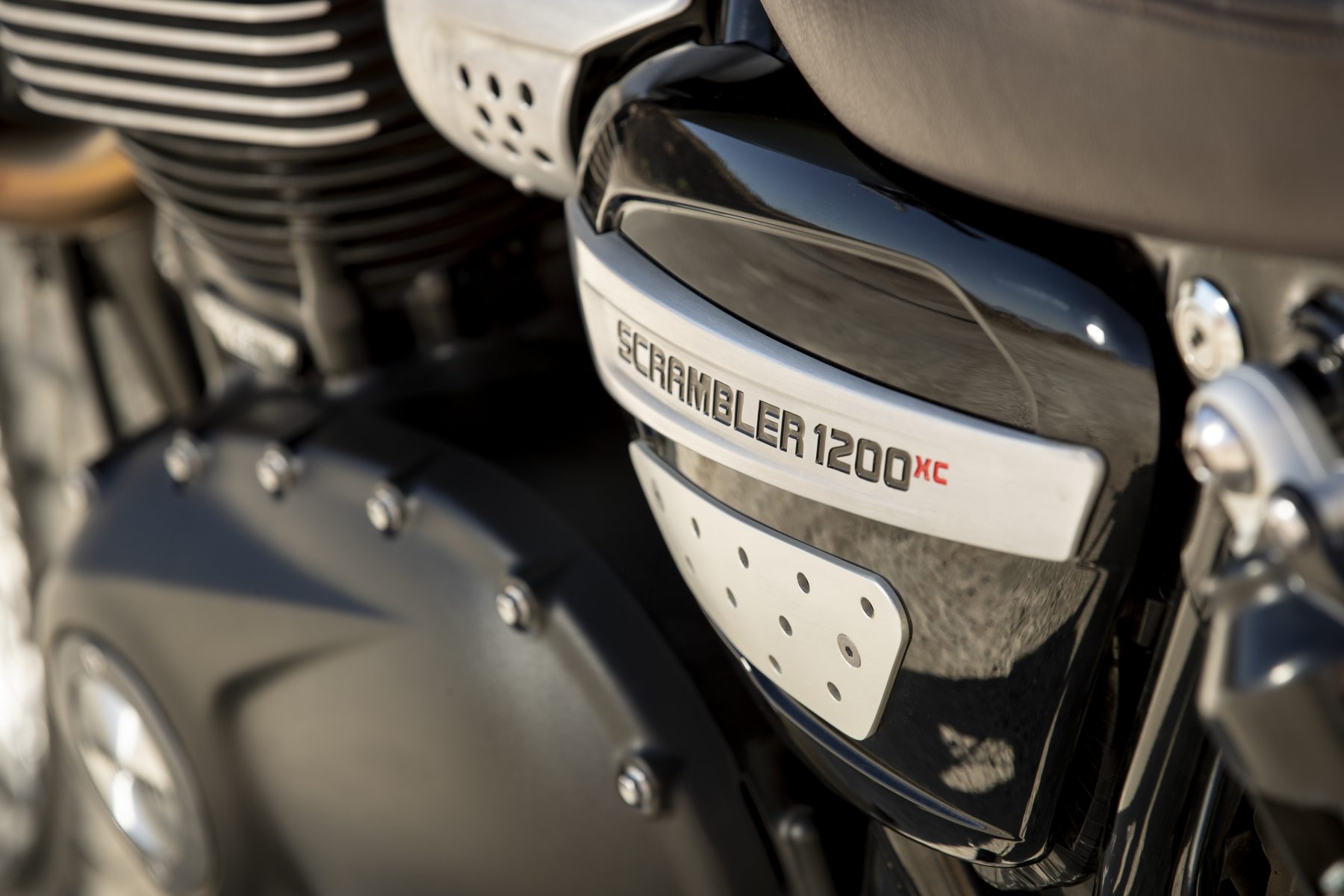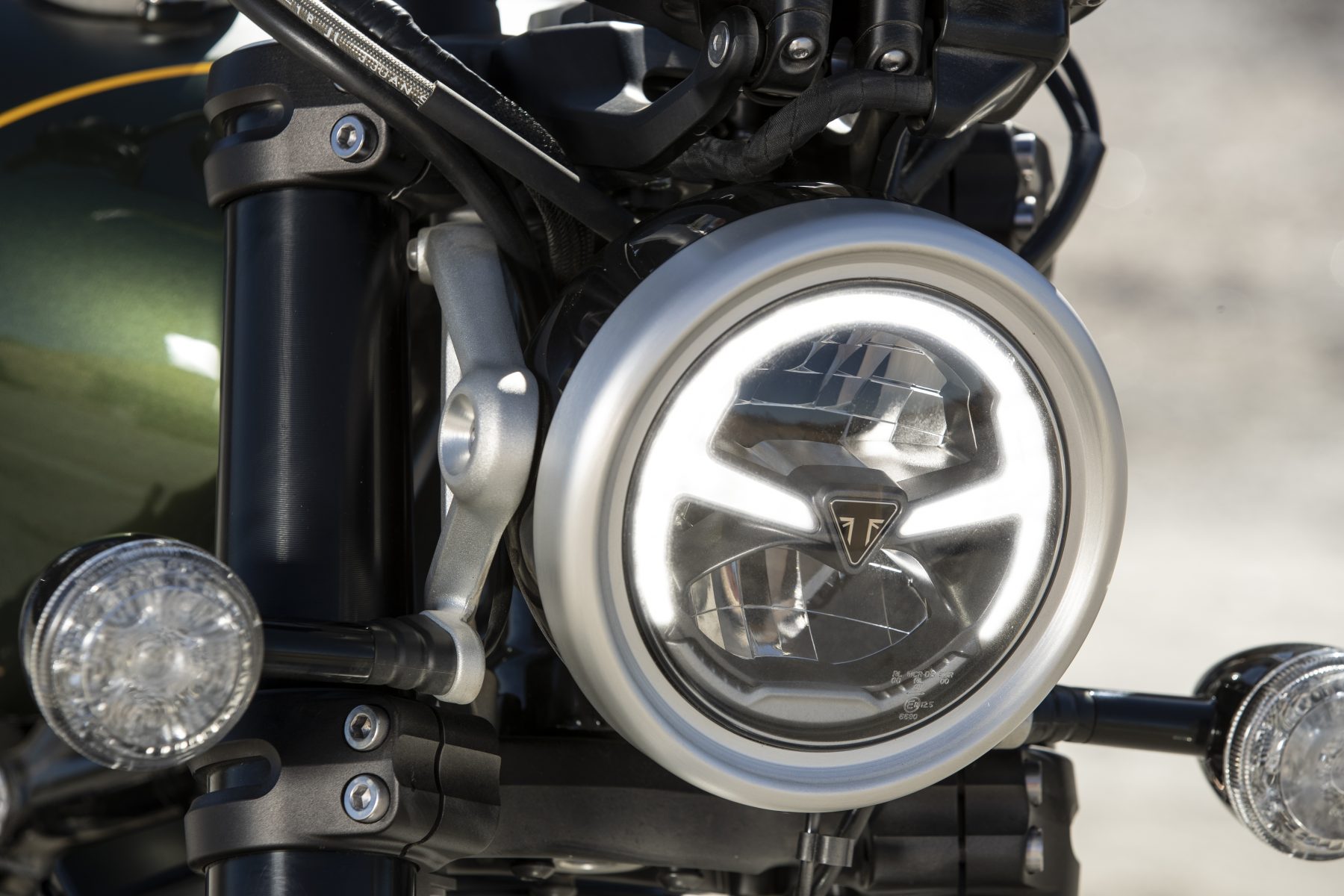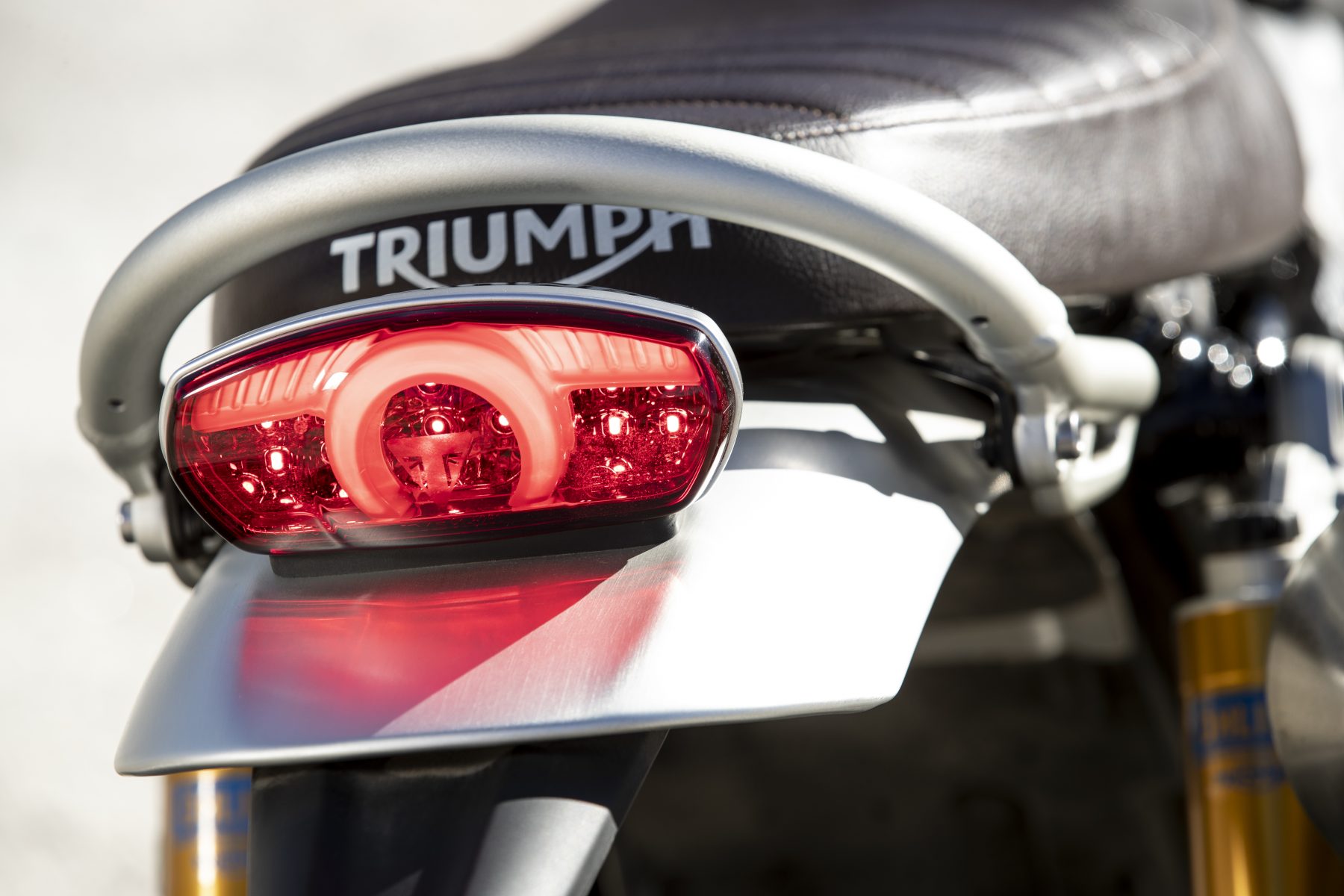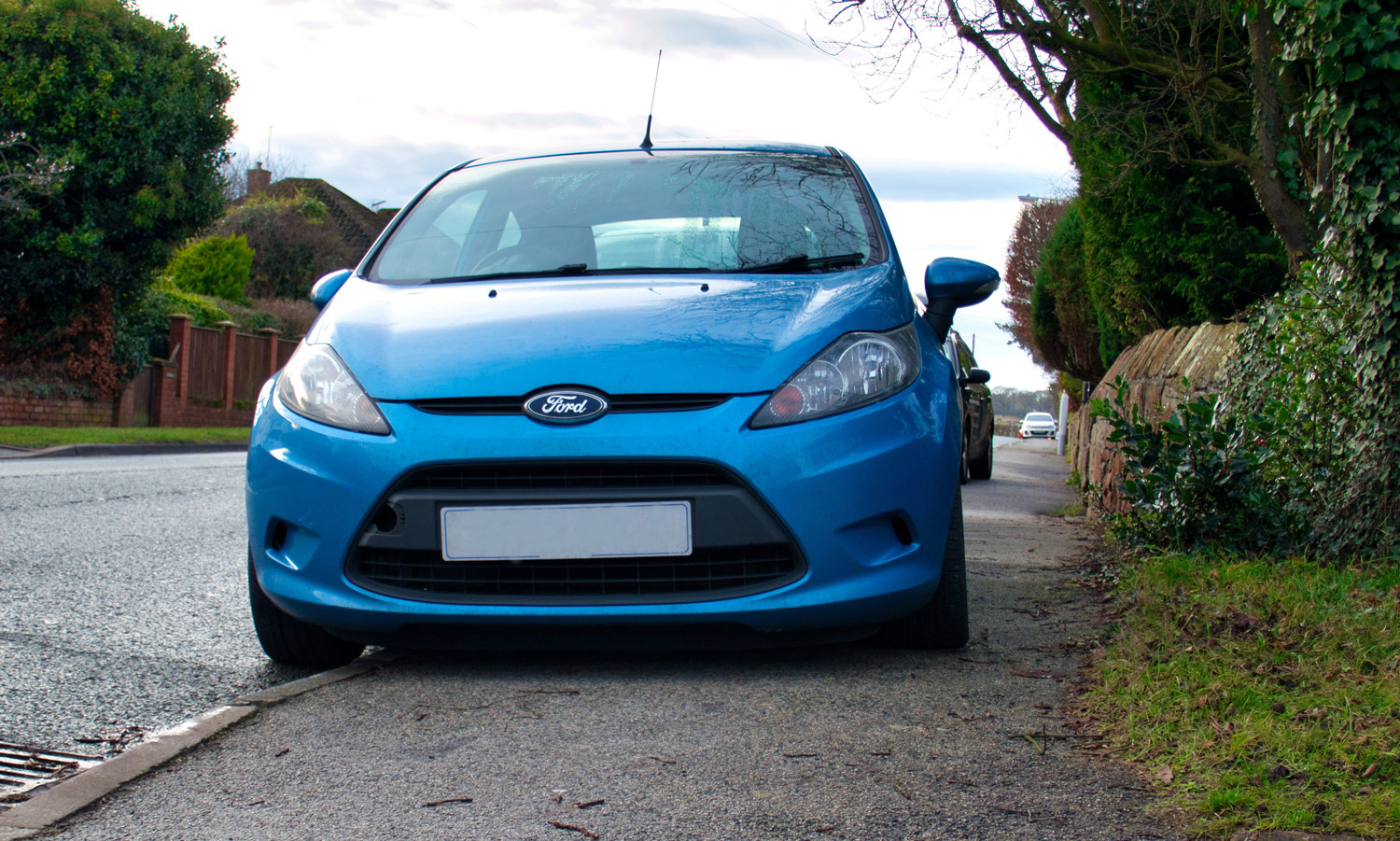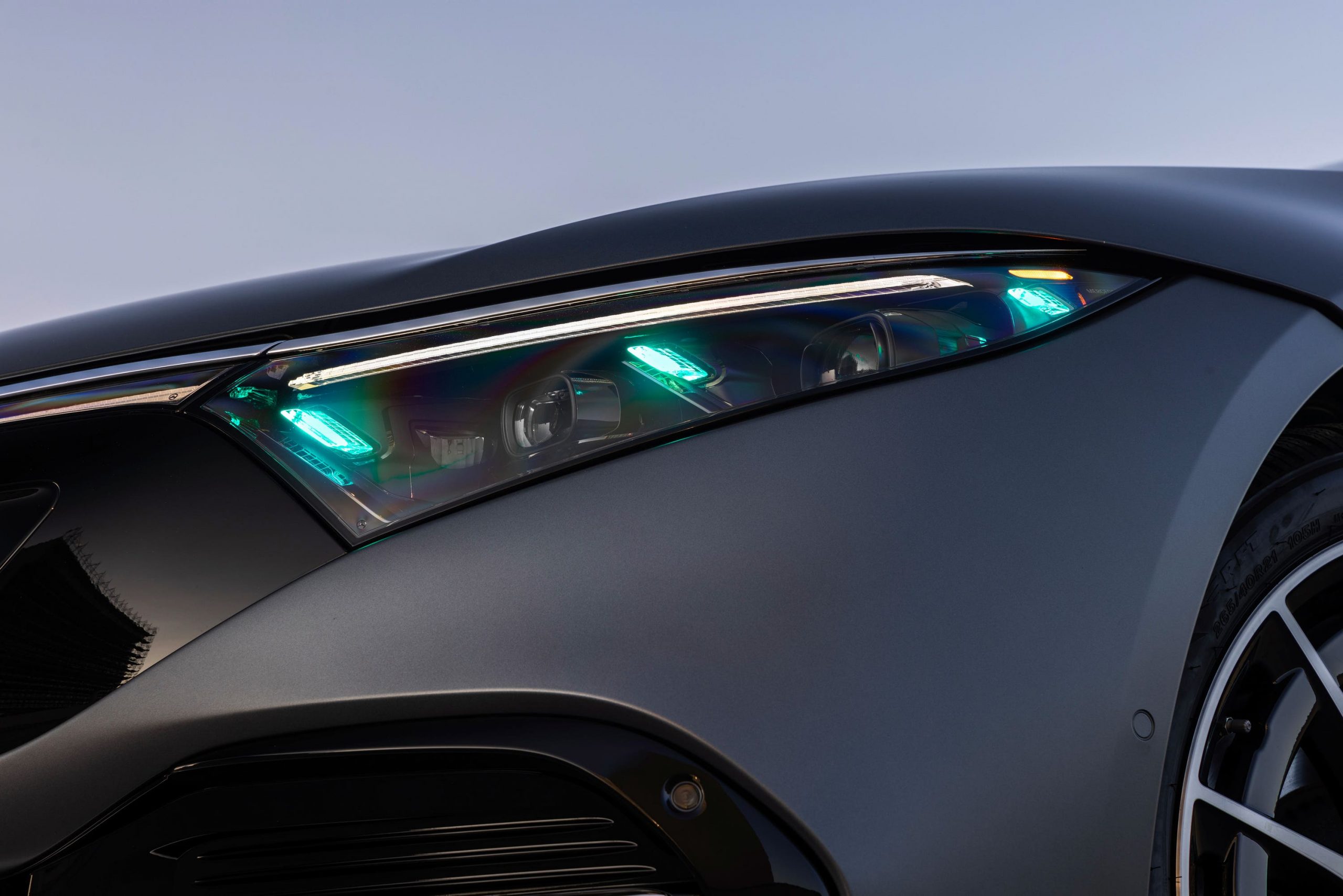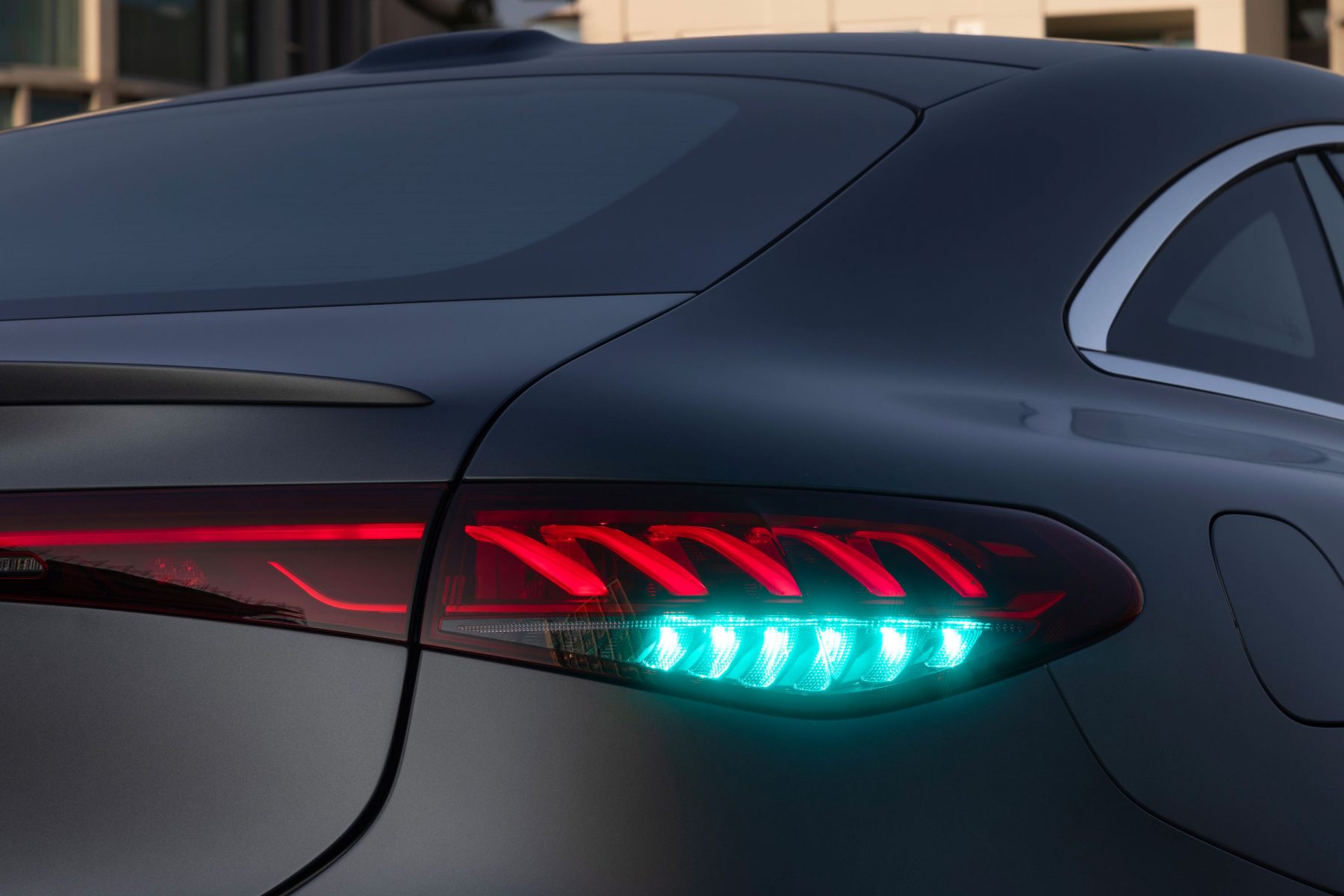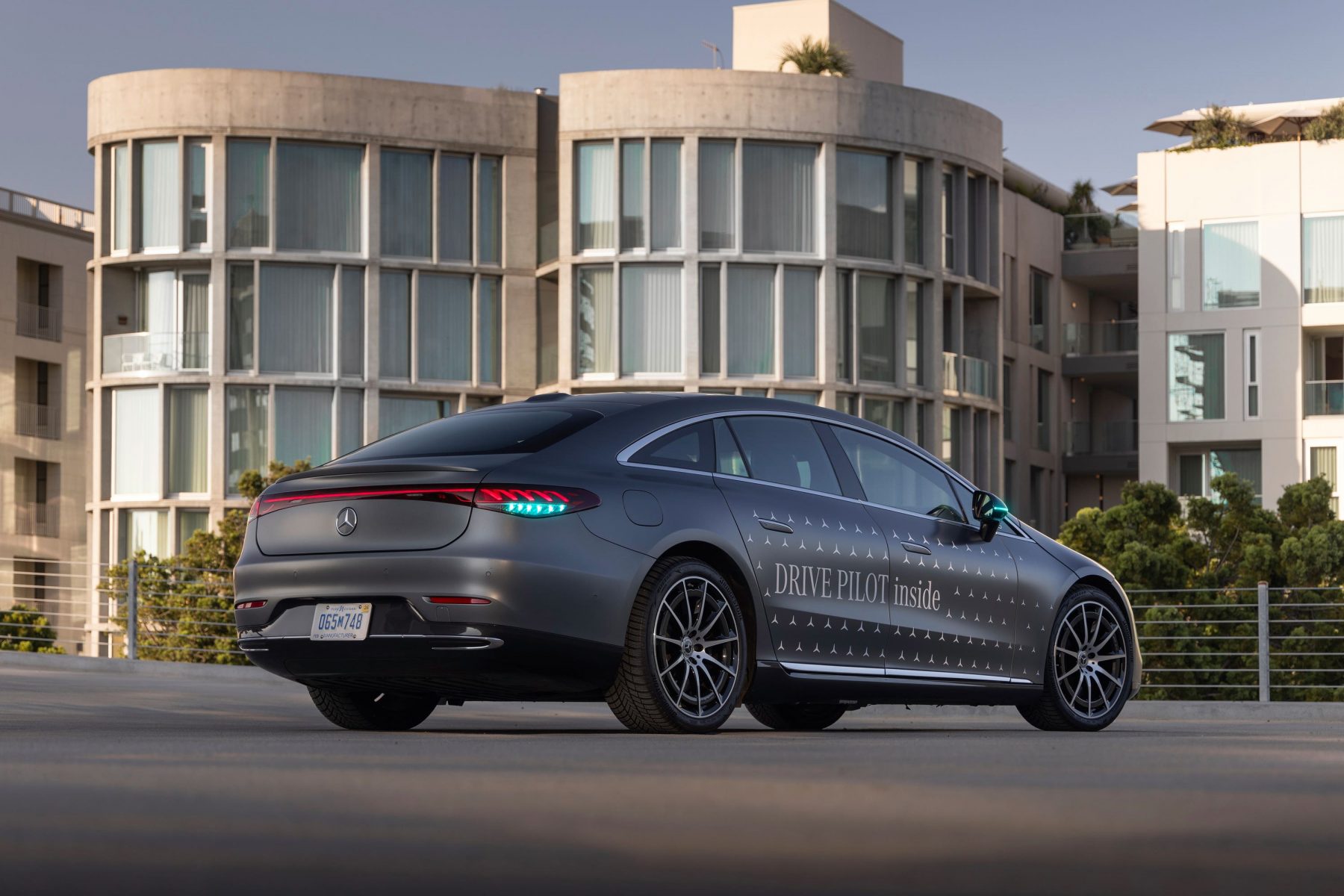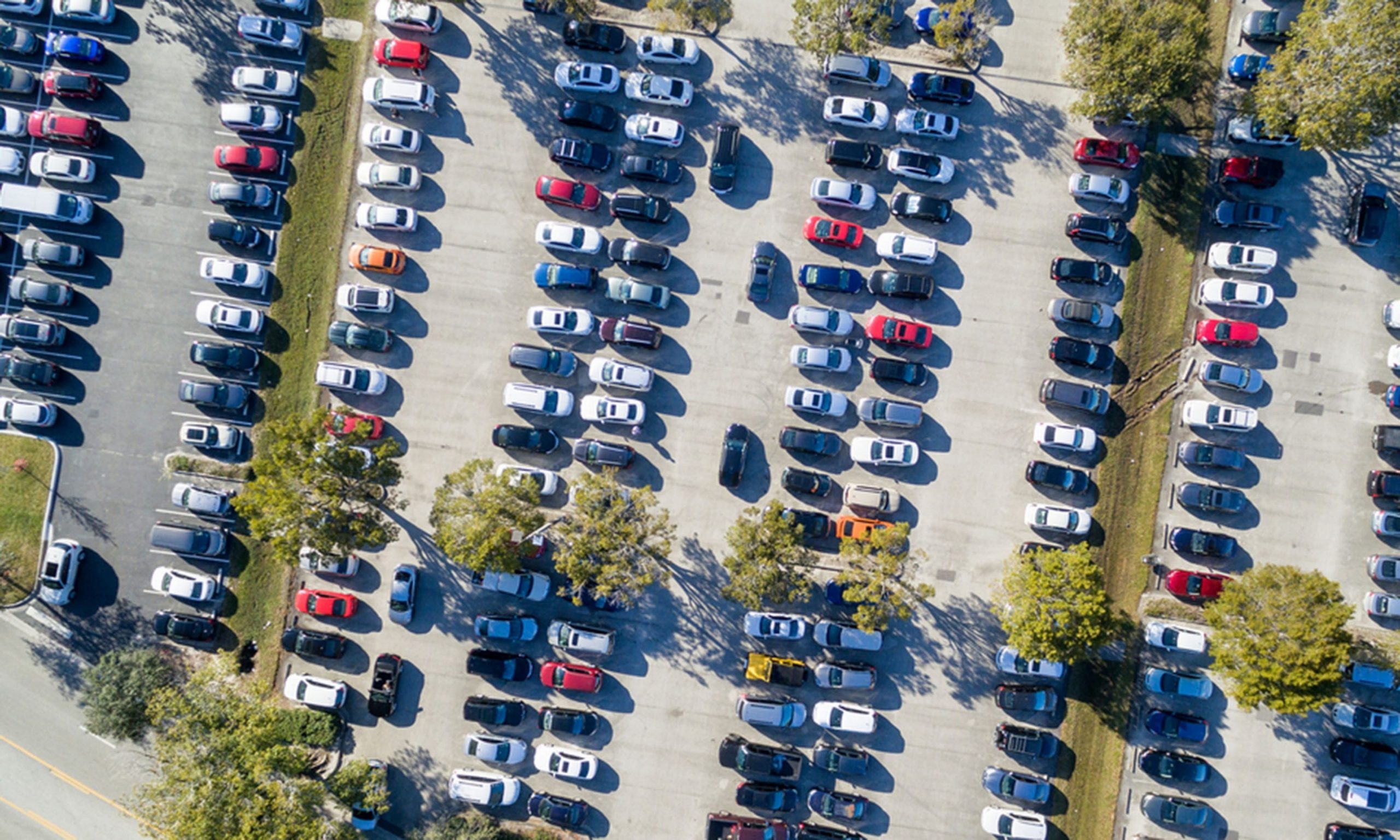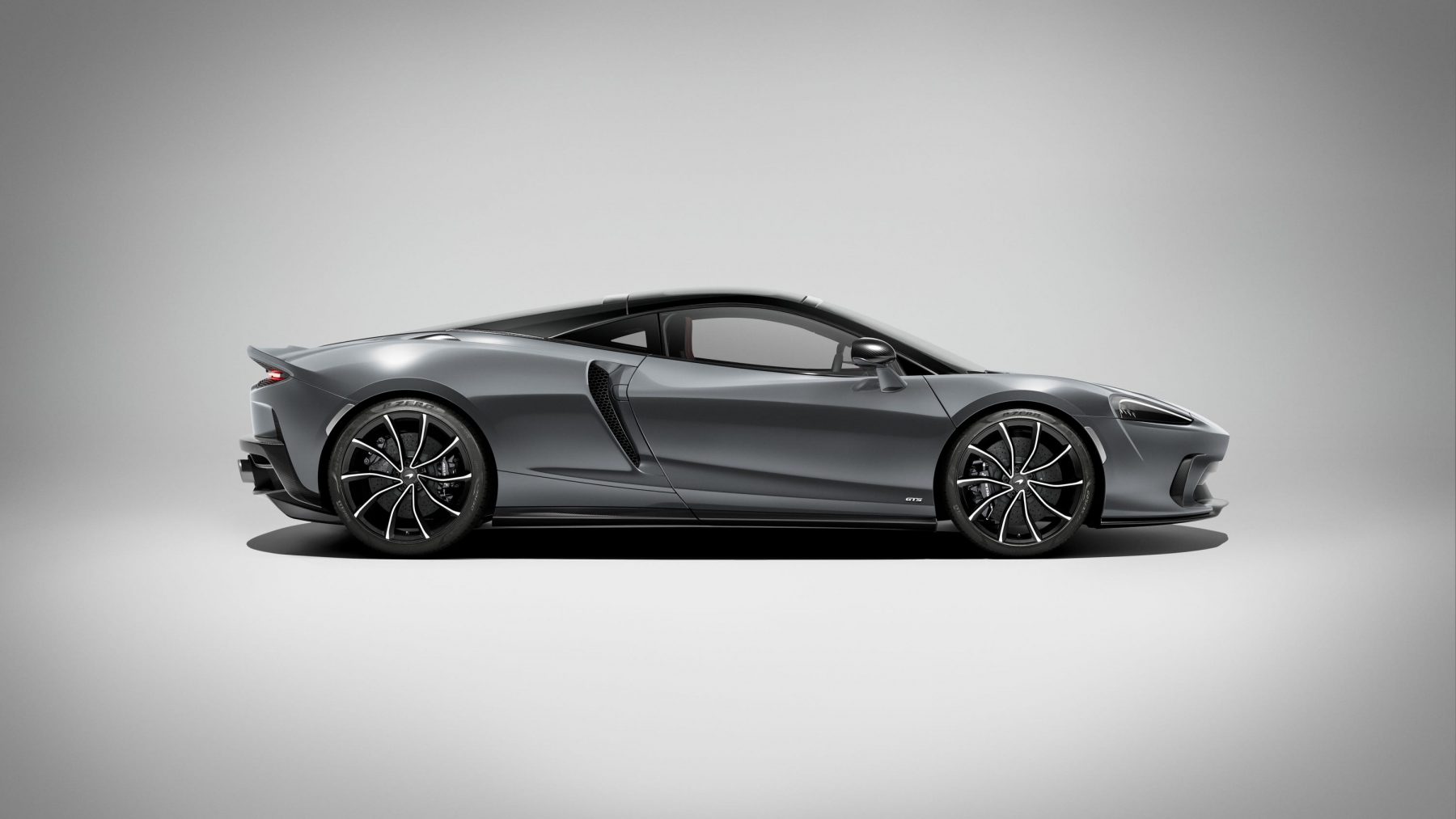What is it?
Adventure bikes are riding high in terms of popularity, with bike manufacturers of all types building their own examples to tempt the growing number of people wanting to get their hands on one. Suzuki is no different and it’s this bike – the V-Strom 800DE – which is one of the firm’s latest adventure bikes to enter the fray.
Strikingly designed and equipped with an engine that we’ve already seen put to good use in Suzuki’s GSX-8S, the V-Strom 800DE could be an ideal gateway into the world of adventure motorcycling. But can it deliver? We’ve been testing it to find out.
What’s new?

The V-Strom 800DE is designed as an out-and-out adventure bike, which is why you’ll notice the high riding position, wide bars and upright screen which have been included to make this bike as comfortable as can be over long distances, be they on or off-road. Also included with this latest Suzuki are all manner of safety assistance technology and a standard-fit quickshifter for seamless gearchanges.
It’s all wrapped up in an eye-catching design, particularly when finished in the loud yellow paintwork of our test bike. If you’re after something a little more understated, however, fear not – standard grey and black shades are also available.
What’s it powered by?
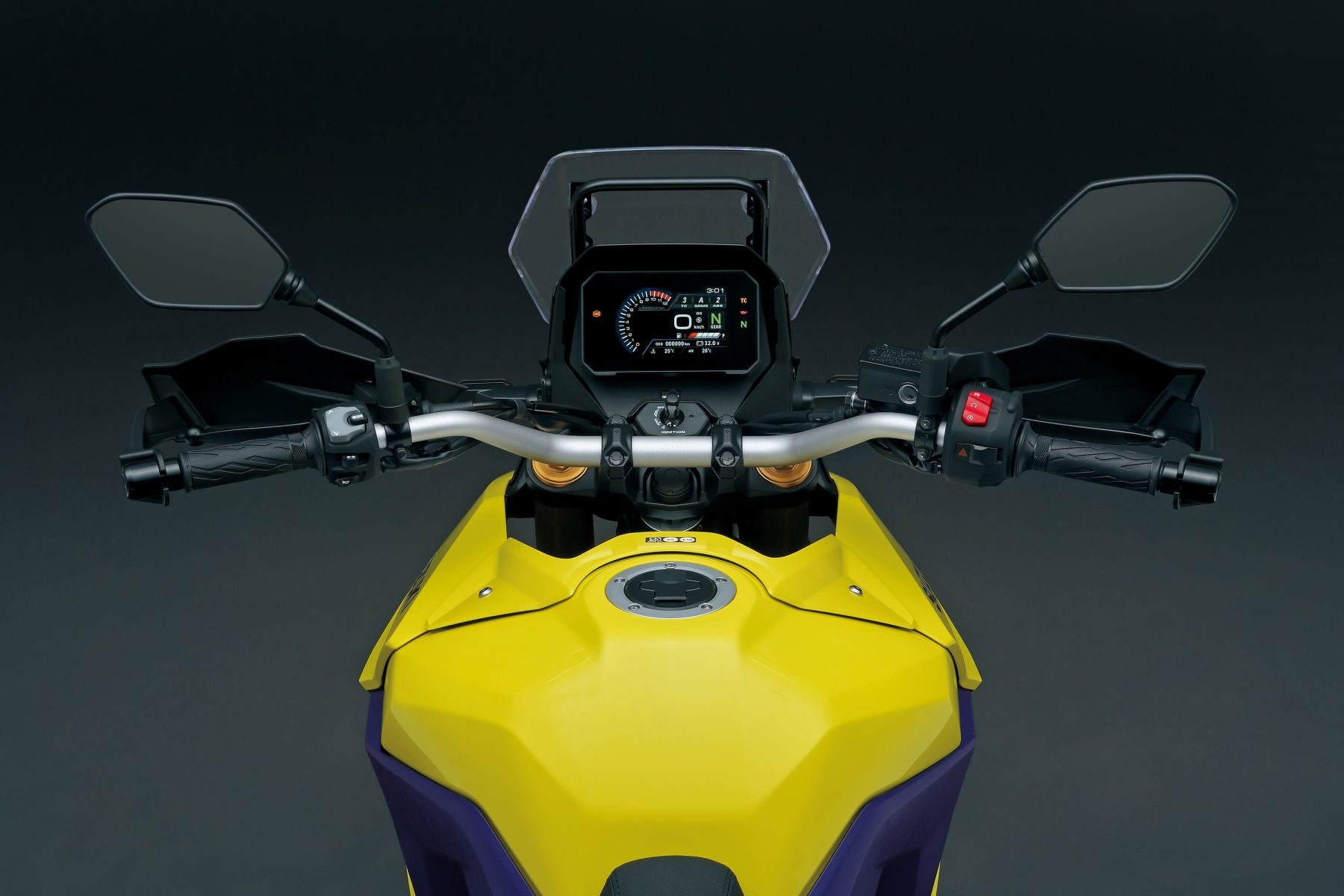
As we’ve touched upon, you’ll find the same 776cc, parallel twin engine that powers the GSX-8S here in the V-Strom 800DE where it provides a similarly big impact. Peak power stands at 81bhp and there’s a chunky 78Nm of torque to rely on as well. Three on-road driving modes allow you to tweak the level of traction control, while a special ‘G’ mode is designed for off-road use and gives a little extra wheelspin to help when things are getting sticky.
As mentioned, a bi-directional quickshifter means you can swiftly change gears without using the clutch lever and will allow you to leave the throttle open on upshifts. A low rpm assistance system raises the idle speed of the engine to reduce the risk of stalling when you’re pulling away or travelling at slower speed – a handy feature for new riders.
What’s it like to ride?

The V-Strom 800DE is a tall bike but, thanks to a nicely ‘dropped in’ seat, you don’t feel too high up when you’re sitting in place. The bars are pretty wide, too, and if you’re new to adventure motorcycles then it might feel a bit intimidating. You can certainly feel the weight of the 800DE when you’re moving at slow speeds, too, but as you gather pace it all falls away and the V-Strom becomes reassuringly stable. At motorway speeds it’s remarkably composed, while the tall screen does a good job of taking much of the blast away from your chest – though it does direct it upwards and towards your head instead.
The engine is really flexible and has plenty of torque to offer. The standard quickshifter elevates the experience, too, and allows a better level of engagement when you’re cornering. Speaking of which, though it is a large bike the 800DE still feels nimble enough to turn sweeping bends into good fun. The suspension is well-judged, too, and it’s pleasing to discover that the V-Strom doesn’t dive under heavy braking, which is an affliction suffered by many softer-sprung adventure bikes.
How does it look?
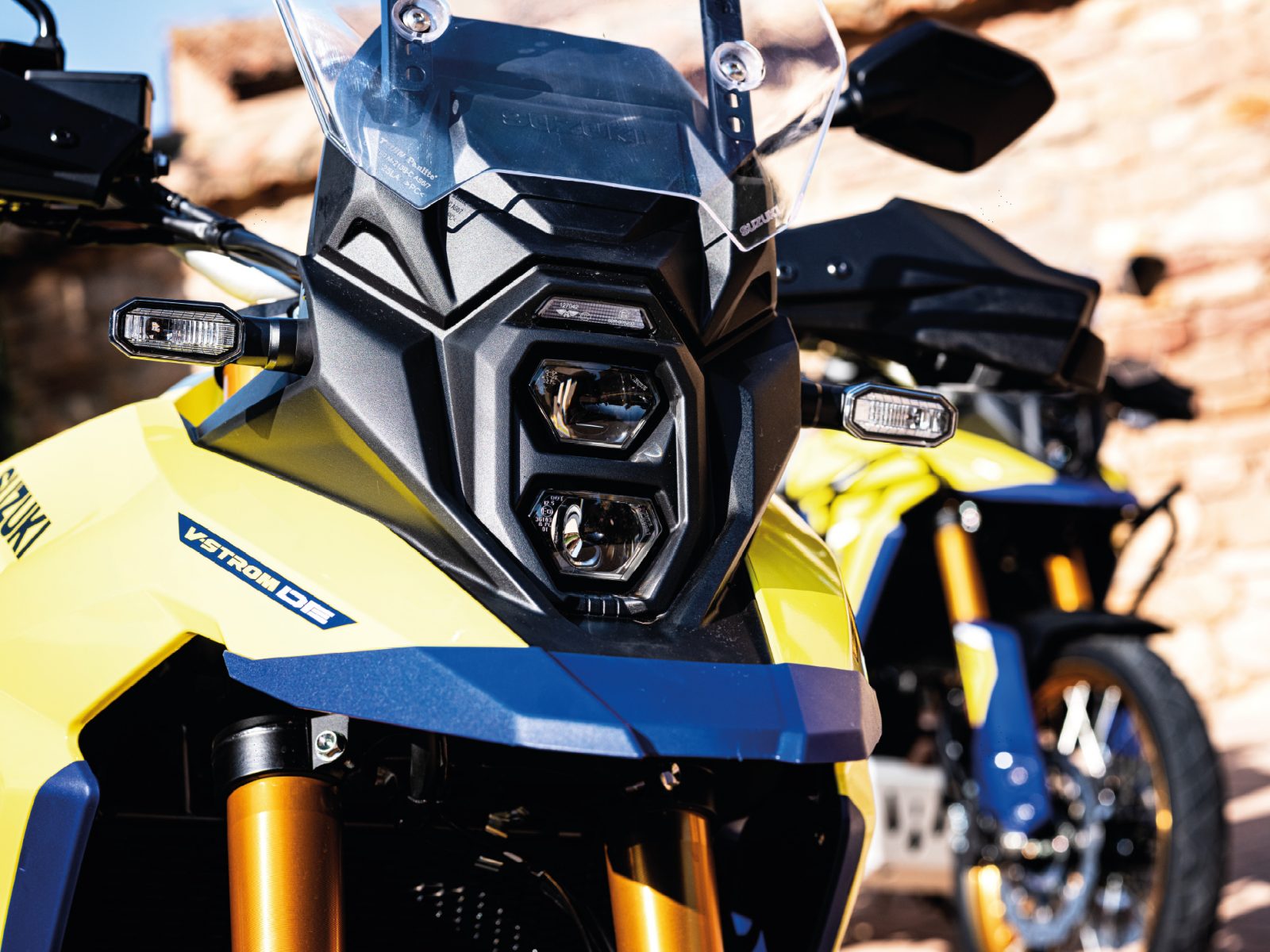
We really like the look of the V-Strom 800DE. The bright colour scheme of our test bike was immediately eye-catching, but it’s the details – such as the contrast blue graphics – which really make this bike stand out. The gold rims really make this Suzuki feel special, too.
The V-Strom 800DE’s noticeable ‘beak’ at the front harks back to the famous DR Big dual-sport motorcycle from the mid-90s, while the slim, upright headlight gives the bike a taller, slightly narrower appearance. All tied together, it’s a bike with real presence.
What’s the spec like?
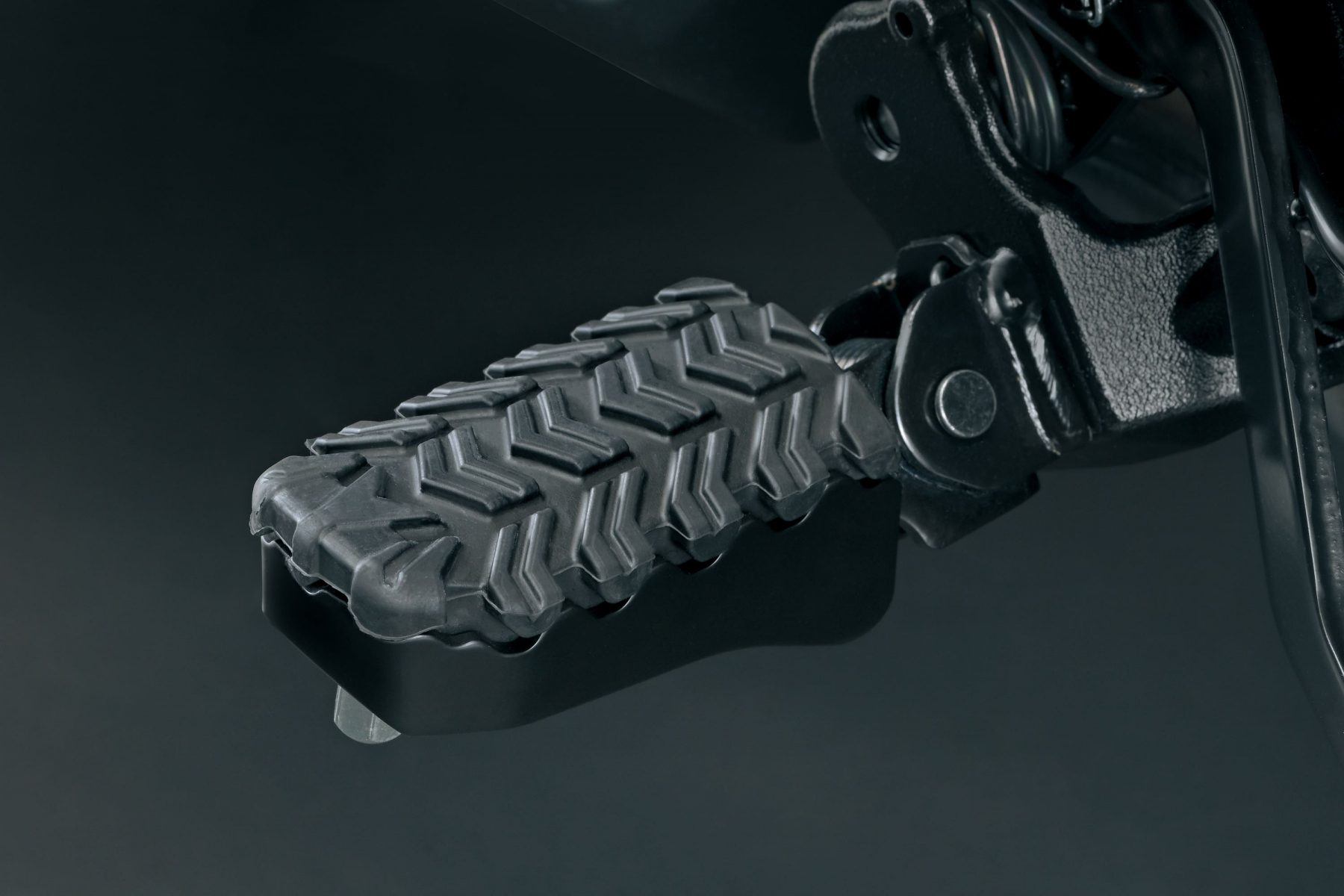
At £10,699, the Suzuki V-Strom 800DE does represent a lot of motorcycle for the money. Suzuki has taken a typically value-orientated approach with this adventure bike, particularly in a market which is awash with quite high price tags. You’re getting that quickshifter as standard, too, and this is a feature which is often quite a costly option on a lot of rival motorcycles.
A five-inch TFT screen comes included as standard, too. It’s packed with readouts and information which are clear to read, while a USB socket to the left-hand side means you can keep devices topped up when you’re on the move. All bikes get LED lighting as standard as well, so there’s no need to pay extra in order to get the best possible illumination system.
Verdict
Suzuki has produced a motorcycle capable of exploring the world in the V-Strom 800DE. It’s a bike which feels genuinely fun, yet still serious enough to deliver the kind of cornering and high-speed experience that you’d expect from a company with such pedigree in all things two-wheeled.
It’s also competitively priced and though some rivals do undercut it, the V-Strom 800DE does well to shine brightly thanks to its good levels of standard kit and true all-rounder ability.
